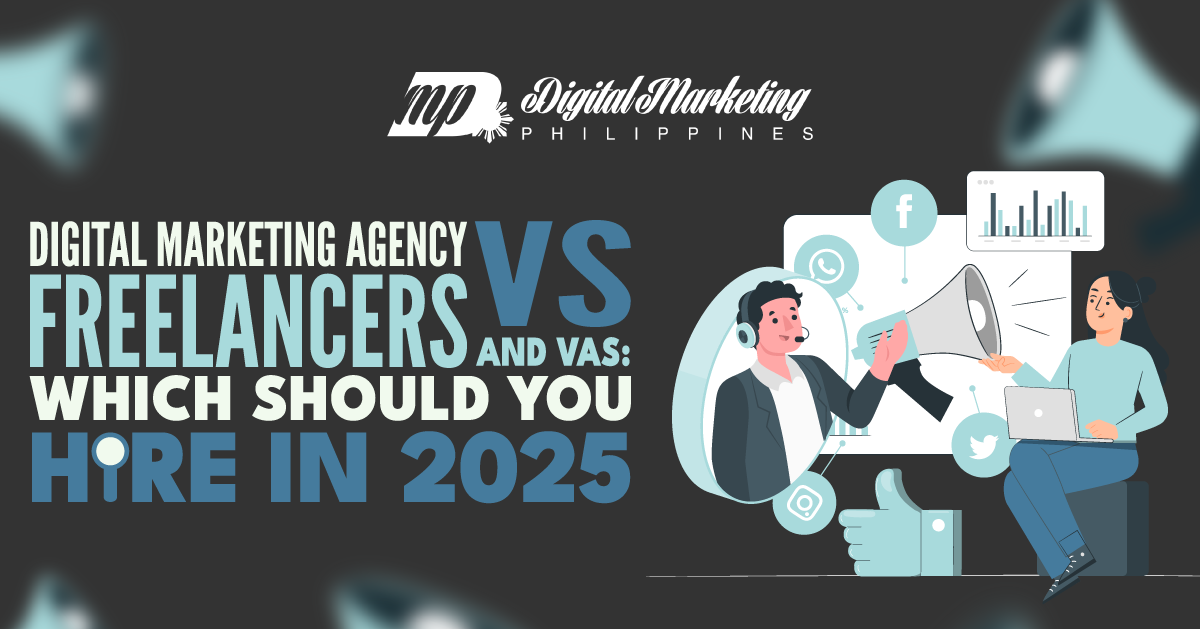
Digital Marketing Agency vs Freelancers and VAs: Which Should You Hire in 2025 (Infographic)
Effective digital marketing in 2025 depends on strategic planning and the right team to...
Continue reading
Effective digital marketing in 2025 depends on strategic planning and the right team to...
Continue reading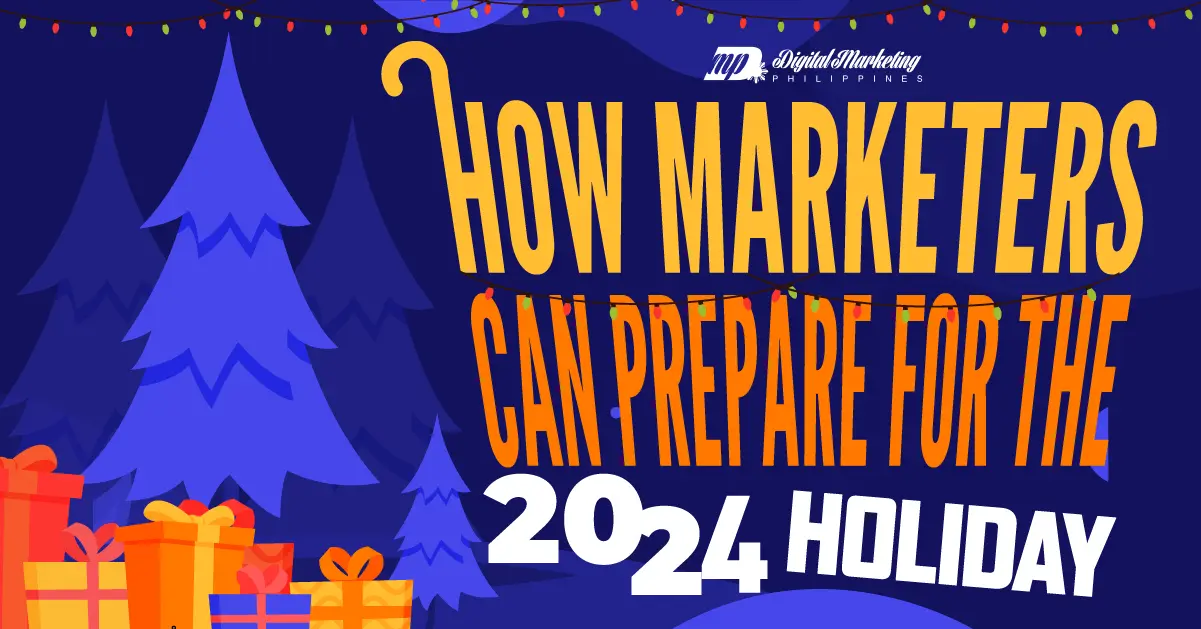
Holiday shopping is contagious, and brands have long leveraged consumers’ behavioral patterns to encourage more...
Continue reading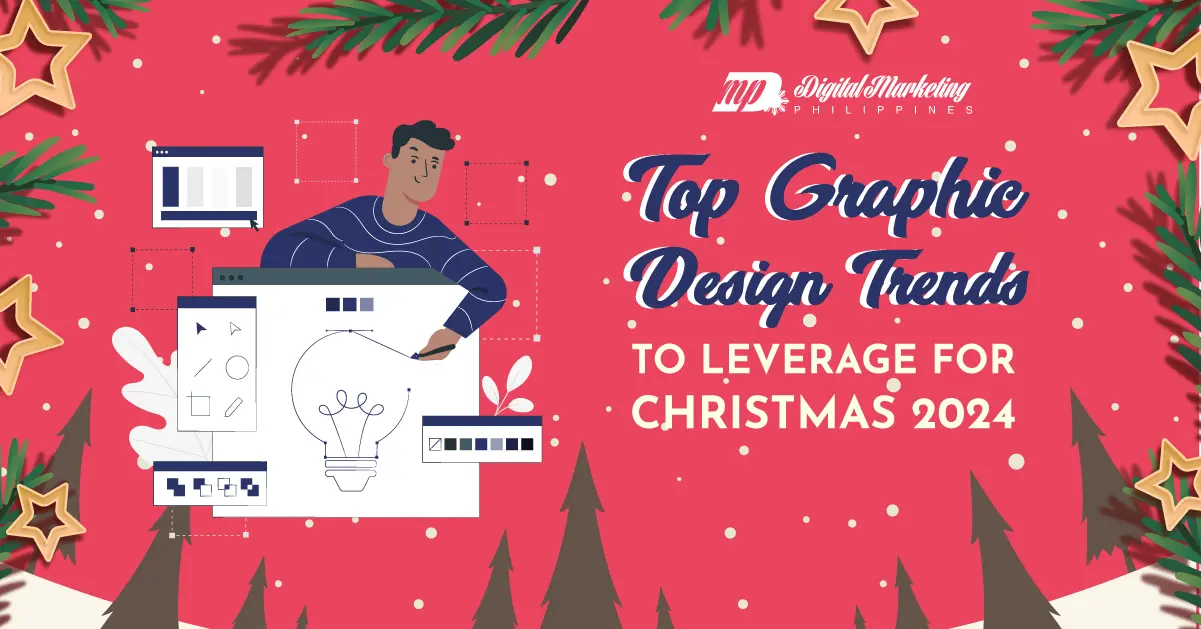
Christmas is fast approaching, and businesses are gearing up to come up with Christmas...
Continue reading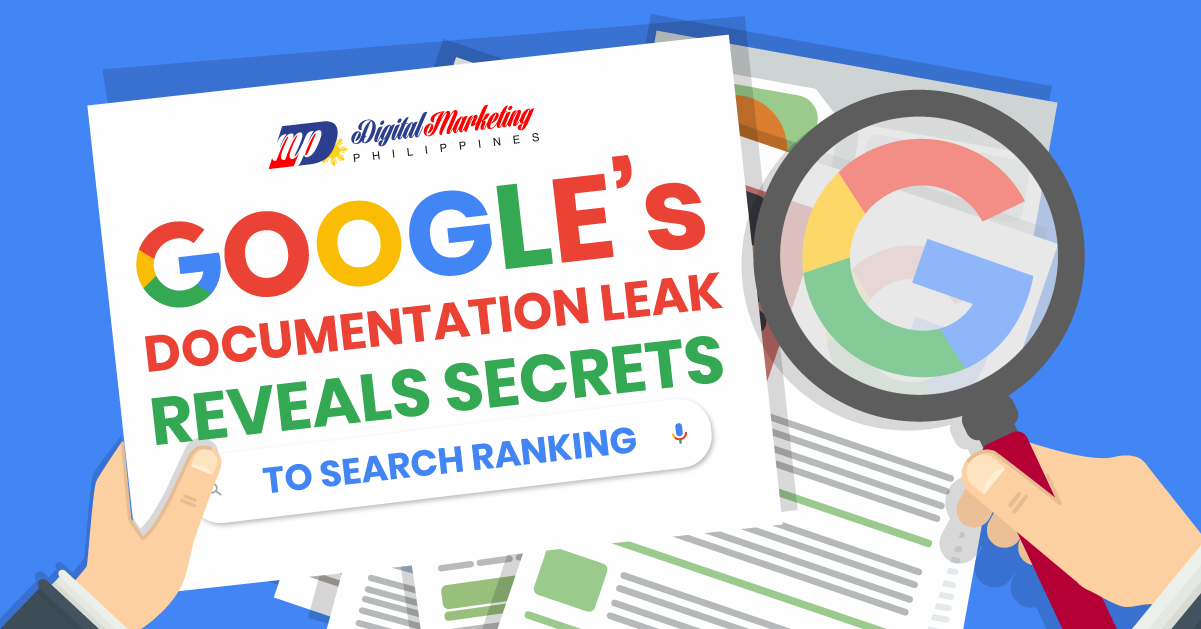
A recent leak on Google’s internal Search documents has shaken up the whole digital marketing...
Continue reading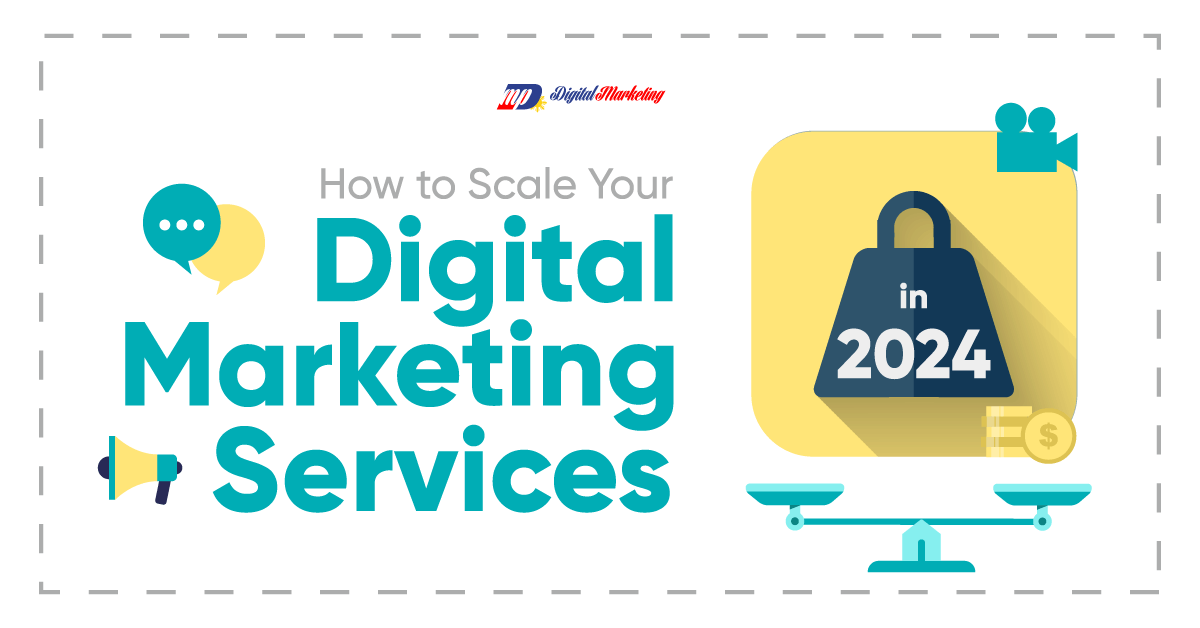
Scaling a business is one of the ultimate goals for entrepreneurs. By scaling operations, business...
Continue reading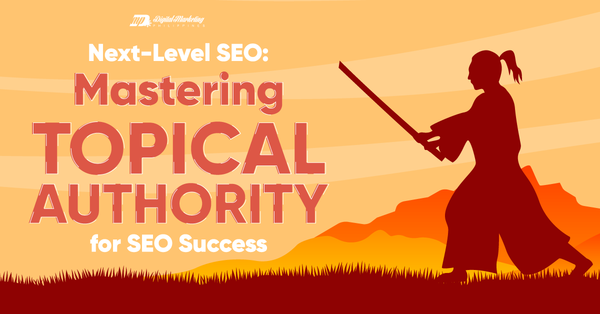
Back in the day, organic SEO was all about domain authority through backlinks. But...
Continue reading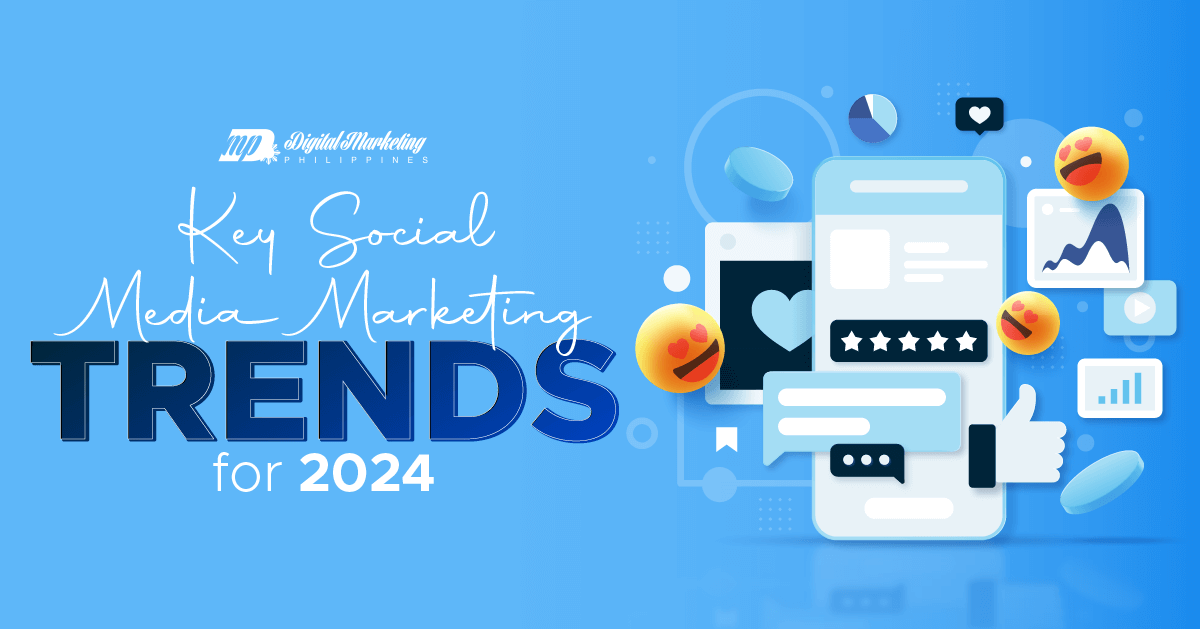
Twenty-two percent of consumers use social media to discover new products. Meanwhile, sixty-eight...
Continue reading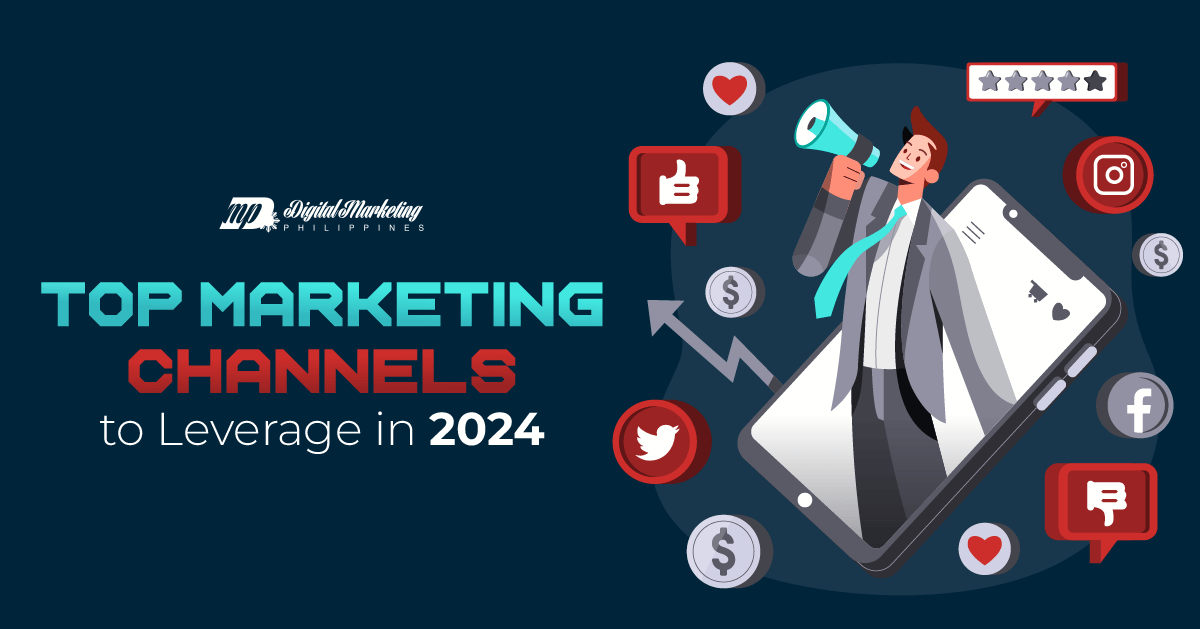
The options of where and how to build internet visibility are numerous, yet marketing budgets...
Continue reading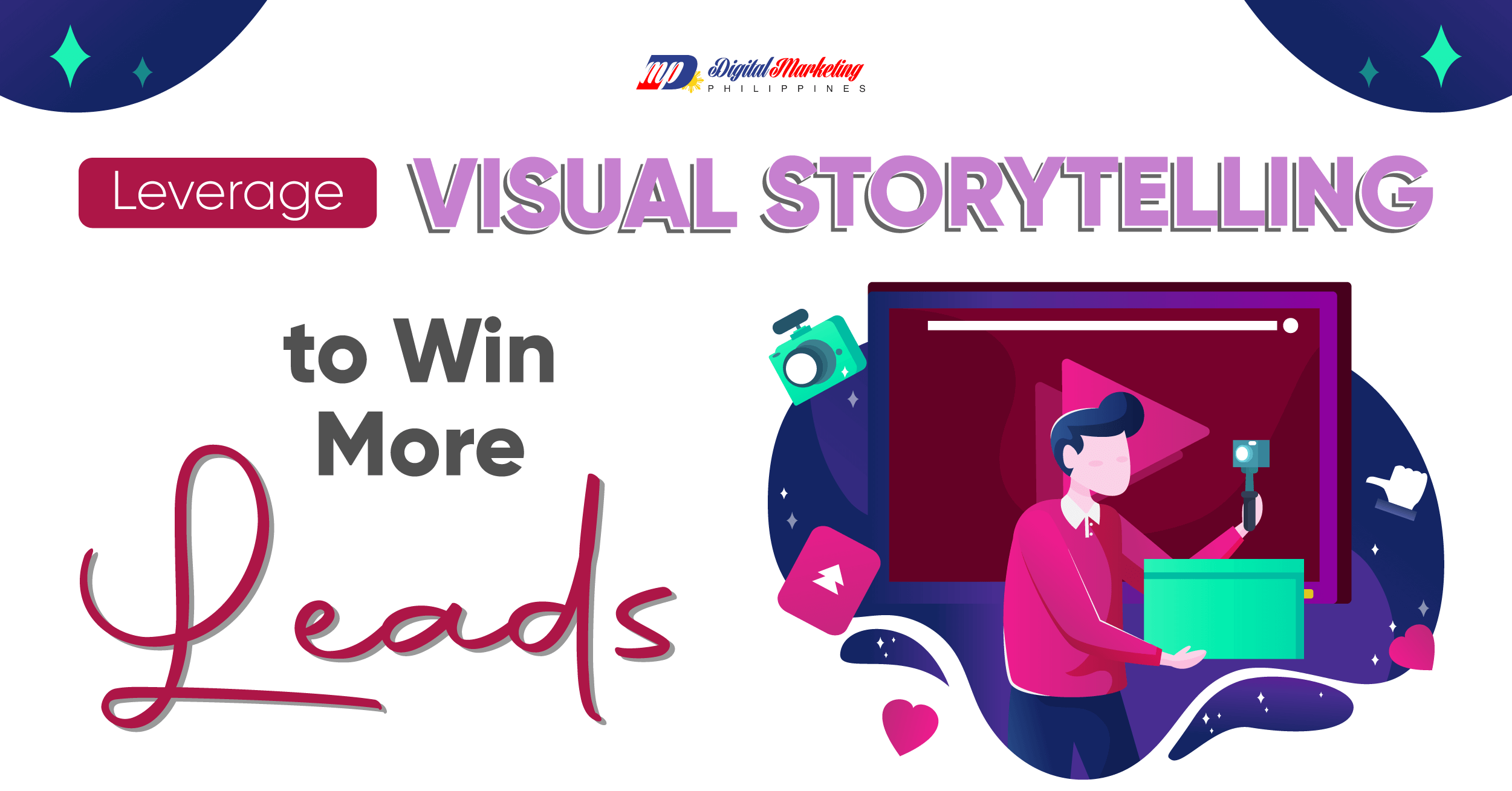
With today’s digital competitiveness, capturing the audience’s attention should be every business’s marketing priority. But...
Continue reading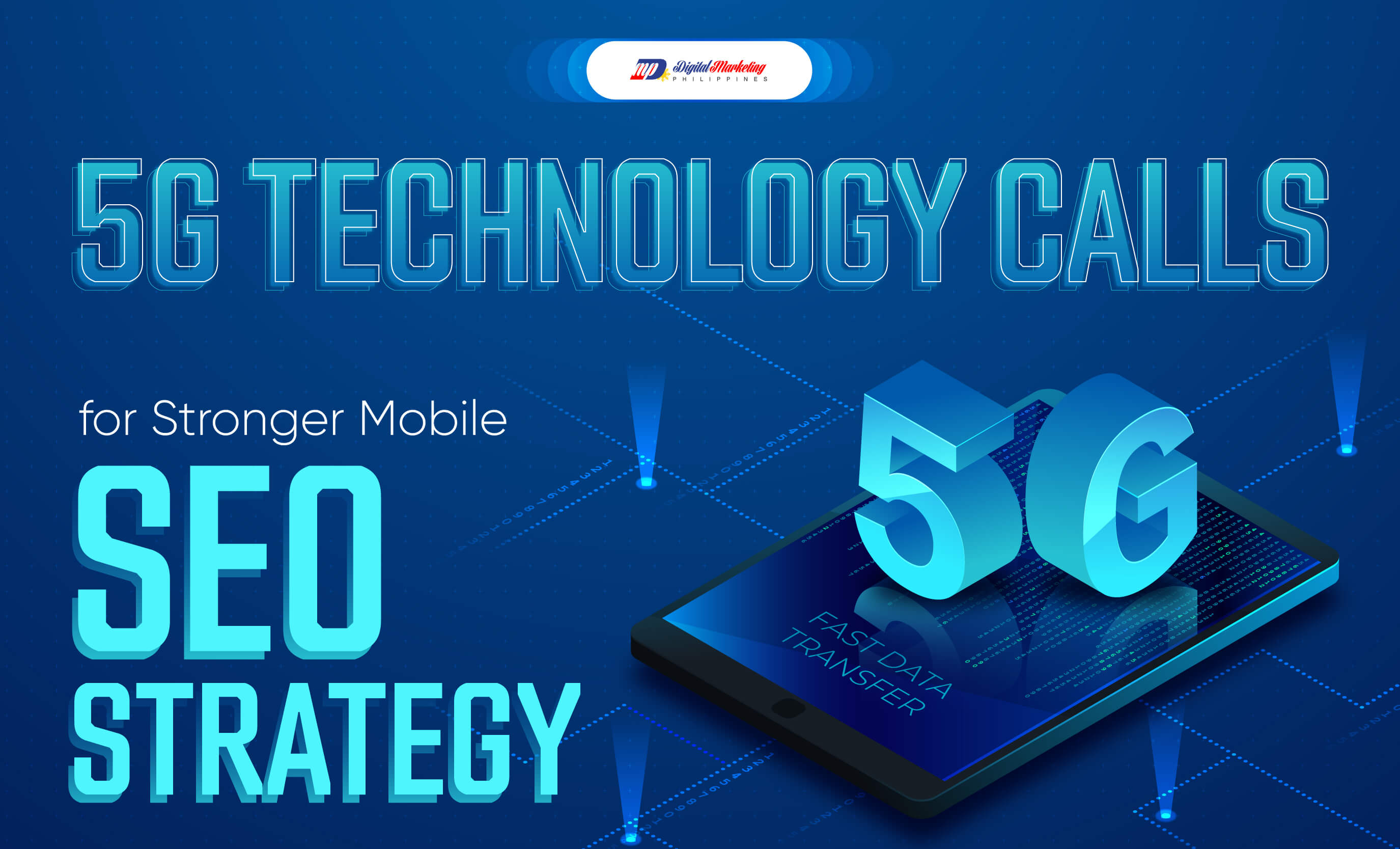
Digital marketing is a constantly evolving domain. It is highly reliant on consumer behaviors, technological...
Continue reading